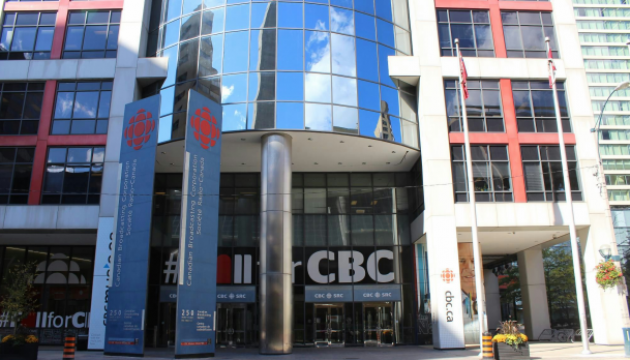By Esther Enkin, for the CBC
The complainant, Nicholas Doyle, said he was disgusted by the lack of journalistic integrity when reporters went into the home of the perpetrators of the mass shooting in San Bernardino, California. He said it added little insight and was an invasion of privacy. I found that CBC reporters were restrained and entering the premises was justified and did not violate policy.
COMPLAINT
You strongly objected to the behaviour of a CBC journalist who was part of the team covering a mass shooting and its aftermath in San Bernardino, California this last December. On December 2 Syed Farook and Tashfeen Malik opened fire on people attending a holiday party at a social services facility. Fourteen were killed and 17 were injured. Two days later, on December 4, reporters entered the rented home of the dead shooters. You objected to the fact that Matt Kwong was among them and sent tweets from the facility. You were also critical of another story on CBCNews.ca based on Mr. Kwong’s reporting, entitled “Reporters root through San Bernardino shooters’ apartment on live TV.” You stated:
He should have respected both the personal privacy of this family, the integrity of the crime scene, and at most, he should have been reporting on the illegal and unethical actions of the reporters from outside the house.
You found the whole episode extremely distasteful. You said you were “quite disgusted by the lack of journalistic integrity displayed by the CBC in this instance.” You suspected that members of the media had paid the landlord to gain entry to the rented townhouse. You characterized this incident as both unethical and likely illegal. You said it was illegal for two reasons: One was that the reporters entered the property only two days after the shooting and were likely destroying the “integrity of the crime scene.” Furthermore, you added, the presence of the reporters violated California tenant law. You said the landlord did not have the right to provide access.
You objected to the fact that reporters went through the personal effects of the dead suspects, and likely endangered members of their family by showing documents which identified them:
Finally, ransacking a house and displaying personal effects on TV is hardly journalism. This was nothing but a gross tabloid-style display of exhibitionism. This added nothing to the story, gained no insight into the killers, and seemed to merely allow news outlets to seek out Islamic symbols (Qu’rans, prayer mats, etc.) to help fan the flames of anti-Muslim sentiment in the media. The personal information broadcast during this event puts the family of the killers – who did not participate in any of it – at physical risk.
MANAGEMENT RESPONSE
The Director of Journalistic Accountability and Engagement, Jack Nagler, responded to your concerns. He told you that you raised some important issues, and while he agreed “that there appears to have been a circus-like atmosphere that day, and it felt somewhat tawdry,” he did not agree with your conclusions.
He explained that there was no violation of the integrity of the crime scene because at the point at which reporters went in, the FBI had released the dwelling. He said that while it may be true that under California tenant law the landlord should not have opened up the house, it was he who broke the law, not the reporters. He added that “it is not a realistic expectation that a reporter on the world’s biggest story would decline an opportunity to enter the property when allowed in by the owner.”
Continue reading this story on the CBC website, where it first appeared.

